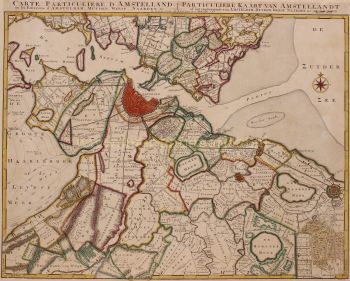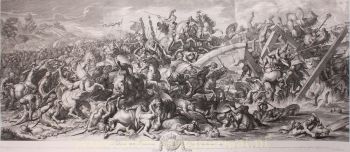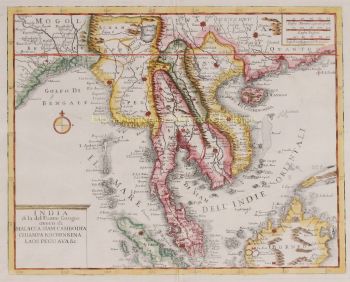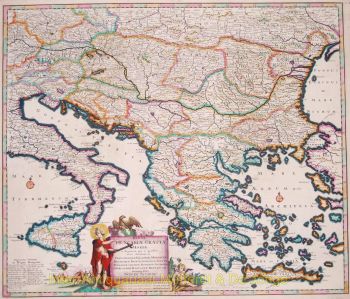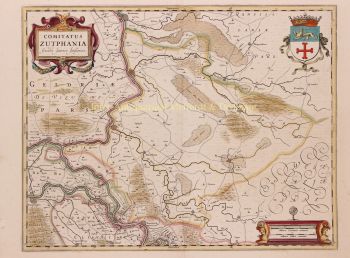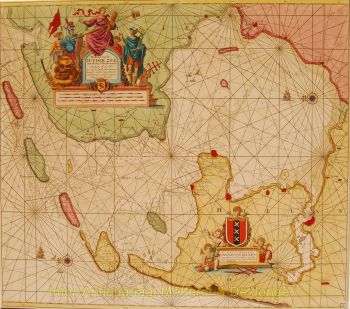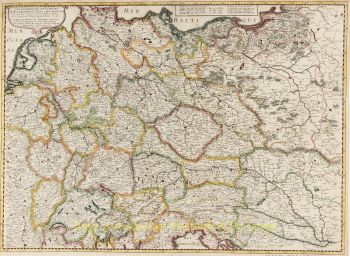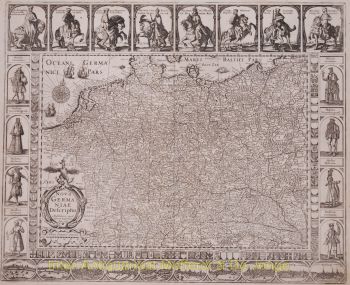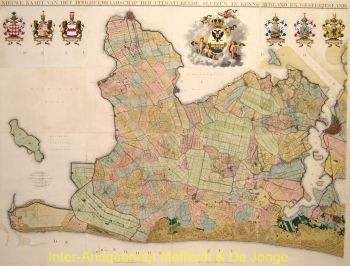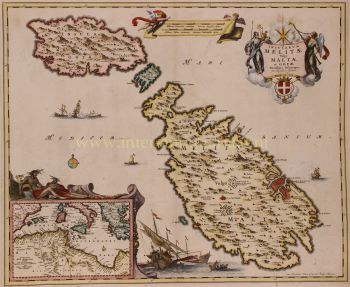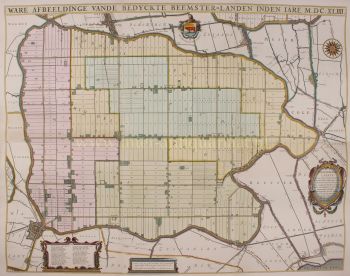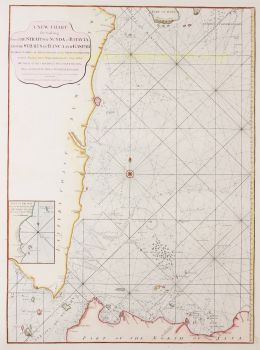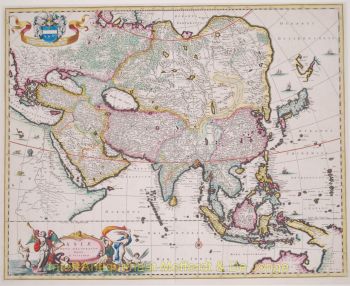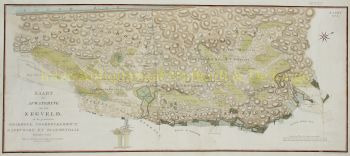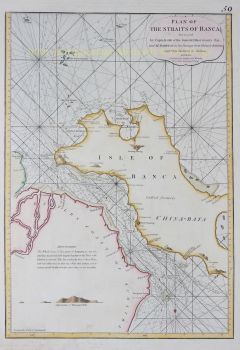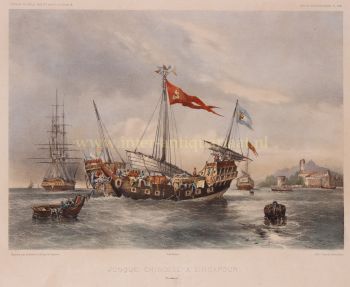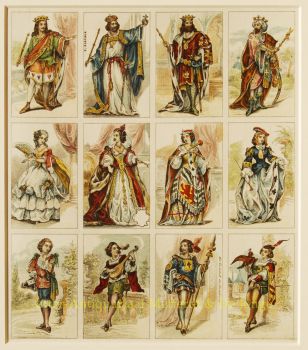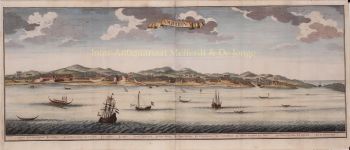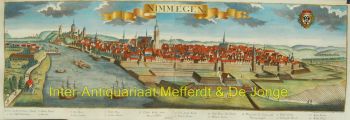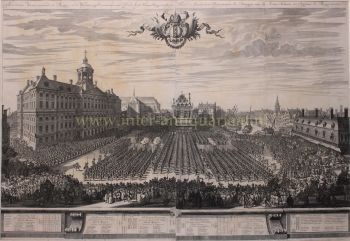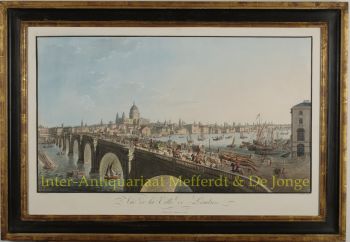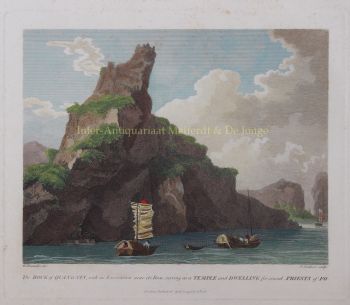África 1724
Covens and Mortier
€ 650
Inter-Antiquariaat Mefferdt & De Jonge
- Sobre la obra de arte“Africa Accurate in Imperia, Regna, Status & Populos divisa, ad usum serenissimi Ludovici XV Galliarum Regis. - Carte D'Afrique Dressée pour l'usage du Roy“. Copper engraving made by Johannes Condet, after the design of Guillaume de L’Isle (aka Delisle), published in Amsterdam by the firm of Johannes Covens and Cornelis Mortier in 1742. Original outline colouring with additions by a later hand. Size: 49 x 64 cm. In this map Delisle shows Africa without the Ptolomaic-based Nile River imaginary source lakes. Delisle also gives the correct longitude for the Mediterranean Sea of 42o, thus correcting the width of the northern shape of Africa. The interior has the main regions identified with capital letters for BARBARIE, EGYPTE, NUBIE, NIGRITIE, GUINÉE, ABISSINIE, ETHIOPIE and CAFFERIE. Dotted lines divide all of Africa into numerous sub regions labelled Royaumes, Etates, etc. Within the regions, considerable detail and additional placenames are shown particularly around those areas settled or explored by Europeans in West-Africa, Abyssinia, the Congo, Southeast Africa on the Zambesi River and South Africa. At Cape of Good Hope, the Dutch settlements at Drakenstein, Stellenbosch and Fort Hollandia are shown. Lake Marawi [Malawi] in Central Africa is identified for the first time on this Delisle map. It is also the first time Senegal and Niger Rivers are separated. Guillaume De L´isle (1626- 1757) is often referred to as the father of modern geography. He was elected a member of the French Académie Royale des Sciences in 1702, and then was appointed Premier geographe du Roi in 1718. His new office consisted of teaching geography to the Dauphin, King Louis XIV’s son, hence the dedication in the title. Price: Euro 650,-
- Sobre el artista
Covens and Mortier (1721 - c. 1862) fue una editorial de Ámsterdam, sucesora del extenso imperio editorial construido por Pierre Mortier (1661 - 1711).
El mapa de Covens y Mortier a menudo se critica como derivado, pero este no es completamente el caso. Pierre Mortier vivió en París desde 1681 hasta 1685. Allí estableció estrechas relaciones con los más grandes cartógrafos franceses de la época, incluidos De L'Isle y D'Anville.
Su modelo de negocio se basó en aprovechar la sofisticación y la tecnología de impresión holandesa para coeditar cartografía francesa de última generación. Tras la muerte de Mortier en 1711, su empresa pasó a manos de su hijo, Cornelius Mortier (1699 - 1783). Cornelius se casó con la hermana de Johannes Covens (1697 - 1774) en 1721 y, asociándose con su cuñado, estableció la firma Covens and Mortier.
Bajo el sello Covens and Mortier, Cornelius y Johannes continuaron con el modelo de Pierre de publicar las obras francesas más actualizadas con permiso. Rápidamente se convirtieron en una de las editoriales holandesas más grandes y prolíficas del siglo XVIII.
La empresa y sus sucesores publicaron miles de mapas durante un período de 120 años, desde 1721 hasta mediados del siglo XIX. Durante su larga vida, la firma Covens and Mortier publicó como Covens and Mortier (1721 - 1778), J. Covens and Son (1778 - 94) y Mortier, Covens and Son (1794 - c. 1862).
¿Está interesado en comprar esta obra de arte?
Artwork details
Related artworks
- 1 - 4 / 7
- 1 - 4 / 24
Cornelis Anthonisz Theunissen
MUY RARO PRIMER MAPA IMPRESO DE ÁMSTERDAM, UNA CIUDAD EN ASCENSO1544
€ 175.000Inter-Antiquariaat Mefferdt & De Jonge
 curada por
curada porDanny Bree
1 - 4 / 12








